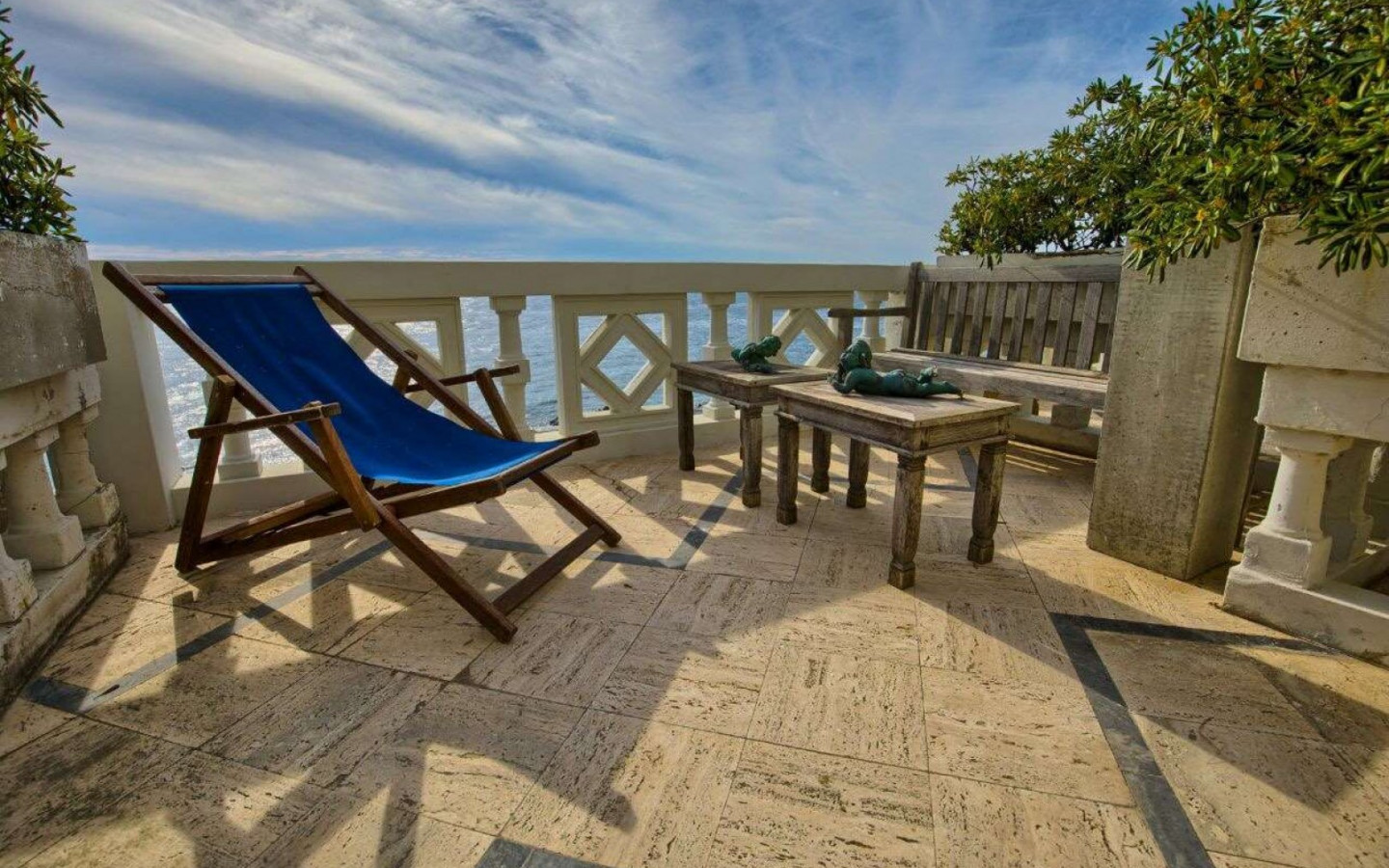Residential sales: a new leap forward
Residential purchases and sales continue to grow within the Italian real estate market, although they do so at a slower pace than operators had the opportunity to metabolize in the first quarter. The latest IMO data, published a few days ago, state in fact that volumes of trades in the residential sector have grown by 3.9%, less than half the pace of the first half of the year (+8.8%), but still able to ensure the consolidation of a growth trend that lasts uninterrupted from "far" 2014, and also able to bring a peak seasonally adjusted data from 2011.
A slow and fluctuating recovery
The fact that the market is moving towards a slow recovery, but with a fluctuating trend that suffers from national and international economic uncertainty, is also confirmed by the latest data processed within the economic survey of the housing market in Italy, which punctually shows the sentiment of operators in the sector.
With reference to the second quarter of 2019, it emerges that the share of agencies that have felt a downward pressure on property prices is equal to 16%: a low figure, however, which is more than five times higher than the share of agencies (3%) that instead indicates an increase in prices.
Moreover, the involvement of operators in real estate transactions throughout the territory continues to grow in a widespread manner: the share of agencies that sold at least one home in the second quarter of 2019 was in fact 81.7%, an increase compared to 74.8% in the previous survey. However, only 8% of agencies indicate an increase in commissions to sell, compared to 9.7% in the previous survey.
A look at the individual macro areas
Going back to the IMO dossier, it emerges that the Centre (+ 4.4%) and the Islands (+ 4.5%) were the two macro areas with the best performance, while the North East (+ 3.9%) maintained a development in the national average. The fourth ended with a performance below the average for the North West (+ 3.8%) and, above all, for the South (+ 3.0%). The percentages are relatively comparable as regards the areas purchased: the national average increase was 4.0%, with a jump above the average of the Islands (+ 5.8%), the Centre (+ 4.7%) and the North West (+ 4.1%) and below the average of the North East (+ 3.8%) and the South (+ 2.5%).
Finally, the analysis of the size classes tends to prefer greater pressure for the purchase and sale of smaller apartments (up to 50 square meters, + 6.1%), while the slowest growth rate was that of the intermediate size apartments (between 85 and 115 square meters, + 2.0%). However, it is the latter, together with those of immediately smaller dimensions (between 50 and 85 square metres) that absorb most of the trades, with percentages respectively equal to 27.4% and 30.8% of the total.

